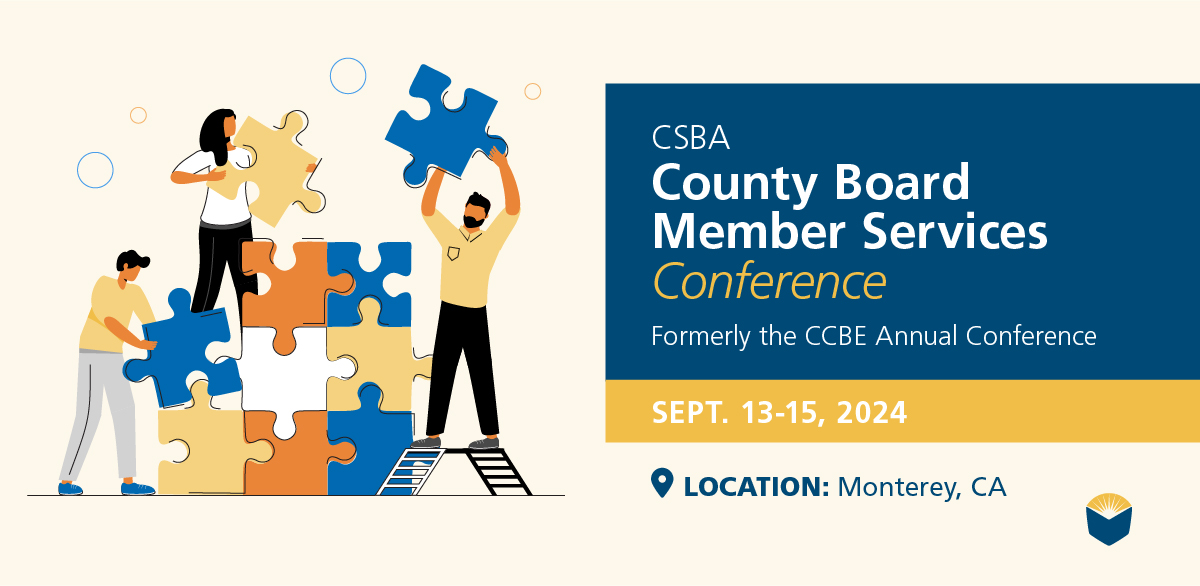In response to the more than 21,000 public comments received on the initial draft, the revised draft features simplified language and emphasizes that while it focuses on the four foundational disciplines of ethnic studies as created at San Francisco State University in 1969 — African American Studies, Asian American Studies, Latino Studies and Native American Studies — the model curriculum is just that, a model, and should be adjusted to the local demographics and experiences of the community. An additional chapter in the revised draft addresses district-level implementation based on feedback from educator focus groups.
In introducing the document, State Superintendent of Public Instruction Tony Thurmond said, “This draft represents a beginning, not an end.” In addition to the 30-day review period yet to be announced, there will be additional chances for public comment and revisions before the State Board of Education is scheduled to review and adopt the curriculum in March 2021. After the upcoming 30-day public comment period, the next draft will be presented to the IQC in November 2020.
A three-hour public comment period revealed that there is still much public dissatisfaction with the document. Callers to the virtual meeting included Jewish immigrants whose families fled persecution in places like Iran, Iraq and the Soviet Union who voiced concern that their histories were not represented in the model curriculum. Many callers pointed out the model curriculum’s exclusion of Sikhism, with some referencing that California is home to roughly half of the Sikh population in the U.S. Still other callers spoke to the need to include Pacific Islanders and Arab Americans in the document.
The latter subjects were addressed in comments submitted to the IQC prior to the meeting, in which the CDE recommended the addition of a sample lesson on the Pacific Islander experience (which had been included in the initial draft) and developing a sample lesson on Arab American Studies that focuses on the Arab American experience in the United States. CDE staff said that the Arab American sample lesson will be presented for review at a future IQC meeting and will not be included in the upcoming public review.
During the IQC’s review of the document, there was debate on both sides about the re-inclusion of academic terms in the ethnic studies field, such as “womxn.” History-Social Science Subject Matter Committee Chair Manuel Rustin urged the re-adoption of the language to show California’s leadership in the field and further its work. Assemblymember Shirley Weber (D-San Diego) advised against using academic jargon, however, citing how language is constantly changing and suggesting plain language would give the model curriculum more longevity. IQC Committee Chair Jose Iniguez said it is important the document remain accessible to teachers, even those who are not experts in the discipline.
The model curriculum was developed in response to a 2016 law signed by Gov. Jerry Brown that requires a guide to high schools interested in offering ethnic studies courses. Assembly Bill 331 (Medina-D, Riverside), which was postponed last year due to the controversy over the initial draft of the model curriculum, would require students to take an ethnic studies course in order to graduate. A hearing on the bill is tentatively scheduled for Aug. 20.
In next steps for the document itself, the IQC will review the public and committee comments from the Aug. 13 meeting before it releases the latest draft of the Ethnic Studies Model Curriculum for a 30-day public comment period.
Thurmond emphasized the importance of this moment and model curriculum, referencing a student focus group that was recently convened to talk about racial justice in the wake of the killing of George Floyd. “Our students said to us that they wanted to have the opportunity to learn about their own history, to see things they don’t currently see in history books,” Thurmond said. “They understood enough to know that ethnic studies really is a way of sharing part of that history, to make sure that there is the opportunity to see the contributions of those who have helped to make this state and this nation a great one.”





